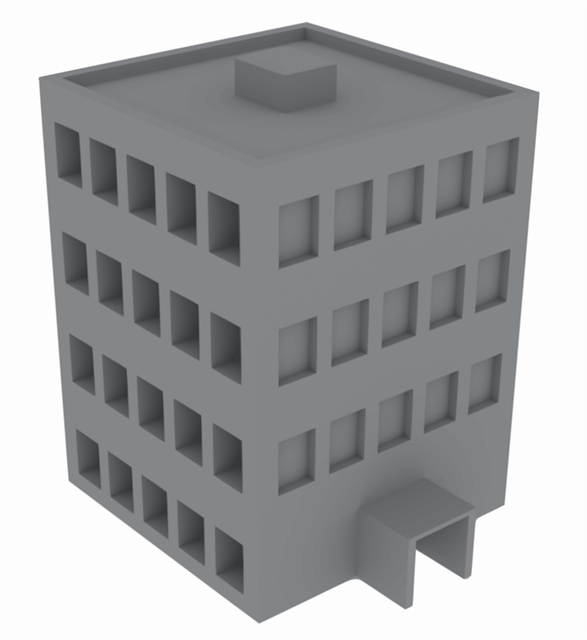The modern workplace trend towards flexibility and quieter environments drives demand for suburban real estate, challenging urban centers' traditional focus. Remote work catalyzed a significant shift, with suburban areas experiencing a surge in interest as underutilized spaces are transformed into vibrant business hubs offering relaxed atmospheres. Real estate developers and local governments create thriving communities outside city limits, modernizing suburban offices with flexible, collaborative layouts catering to remote work preferences while providing cost savings and improved accessibility.
Suburban offices are seeing a surprising renaissance as shifting work trends and the remote revolution reshape the commercial real estate landscape. Once considered outdated, these spaces are now in high demand due to their flexibility and appeal to modern workers. This article explores how changing workplace dynamics are driving a surge in suburban office investment, offering insights into the future of real estate with a focus on adaptability and community.
Shifting Work Trends Fuel Suburban Office Demand

The modern workplace is undergoing a significant transformation, and suburban offices are at the forefront of this shift. With the rise of remote work, many employees are seeking alternative settings beyond the traditional urban office spaces. This change in preference is fueled by the desire for flexibility, better work-life balance, and often, a more peaceful environment away from bustling city centers. As a result, suburban real estate is experiencing a renewed sense of demand as businesses and professionals alike recognize the benefits of these suburban locations.
The appeal of suburban offices lies in their accessibility, offering a convenient commute for many workers while providing a quieter, more relaxed atmosphere. This trend challenges the long-held notion that vibrant urban centers are the sole hubs for business activity. With flexible work arrangements becoming the new norm, companies are increasingly considering suburban spaces as viable alternatives, fostering a dynamic and diverse real estate market.
The Rise of Remote: A New Look at Urban vs. Suburban Offices

The shift to remote work, accelerated by the global pandemic, has significantly reshaped the commercial real estate landscape. As companies and employees alike embrace the flexibility and cost savings of working from home, the traditional urban office space is seeing a decline in demand. Conversely, suburban offices are experiencing a surge in interest as organizations seek alternative arrangements that cater to modern work patterns.
This shift presents a unique opportunity for suburban areas to reinvent themselves. With fewer commuters and a more relaxed atmosphere, these locations can offer a refreshing change from the bustling urban centers. Real estate developers and local governments are now focusing on transforming underutilized spaces in suburbs into vibrant office hubs, leveraging the growing appeal of remote work arrangements to create thriving business communities outside of the city limits.
Embracing Flexibility: Modernization in Suburban Real Estate

Suburban offices are undergoing a transformation, embracing flexibility and modernization to cater to evolving workplace needs. This shift is driven by the increasing demand for alternative work arrangements, particularly as remote work becomes more prevalent. Real estate developers and investors are responding by redesigning commercial spaces to create modern, collaborative environments that appeal to a diverse range of tenants.
Traditional office layouts are being replaced with open-plan concepts, shared workspaces, and dedicated collaboration areas. These updated designs prioritize adaptability, allowing businesses to configure spaces according to their specific requirements. Additionally, suburban locations offer advantages such as affordable rent, abundant parking, and easier accessibility compared to bustling urban centers. As a result, many companies are choosing to establish or expand their operations in these areas, recognizing the potential for cost savings and a productive work environment.






